Data is always at risk of getting lost or corrupted—your hardware can fail, errors can cause the system to crash, and connection issues might occur. Hence, having a proper backup plan is of the utmost importance. With a solid backup system, you can easily restore your data to its previous state in case of any disaster.
As per the 2024 State of the Backup report by Backblaze, “39% of IT decision-makers report that their organization needs to restore data from backups at least once a month, with special requests for archived or deleted data (62%), backup software failure (54%), and cyberattacks (49%) reported as some of the top reasons.”
This underscores the need for not only a primary storage option but also an equally reliable backup medium. While some may rely on cloud-based storage options like OneDrive, Google Cloud, or Dropbox, others prefer storing their backups on external storage mediums. Additionally, you can combine various backup methods to achieve enhanced security.
In this blog, we will explore different backup storage mediums and their feasibility to help you make the best choice for your own specific needs.
Effective Ways to Back Up Your Data Using Different Storage Mediums
One of the best ways to back up your data is the 3-2-1 strategy. This essentially means making 3 different copies of your files on 2 different storage mediums and keeping 1 copy at a separate location. You can also go for a 4-2-2 strategy – making 4 copies in 2 different formats, and storing 2 copies off-site.
Once you have finalized the strategy, choosing the right storage medium should be your next most important concern. Below, we will outline some of the best backup storage media for different needs.
1. Hard Disk Drives (HDDs)
Hard disk drives have been a cornerstone of most IT infrastructures, offering a good blend of storage capacity, speed, and cost-effectiveness. HDDs use circular disks called platters to store data and connect to your system via USB or other types.
Many modern hard drives pack features like Wi-Fi connectivity, built-in card readers, dedicated hot keys, and automatic backup capabilities. Hard disk drives come in different sizes, usually 3.5 inches (requires 220 V power supply) and 2.5 inches. Some portable versions also include batteries, making them convenient to use on the go.
Although more expensive than tapes, HDDs cost less per gigabyte than Solid State Drives (SSDs), making them suitable for both individuals and businesses.
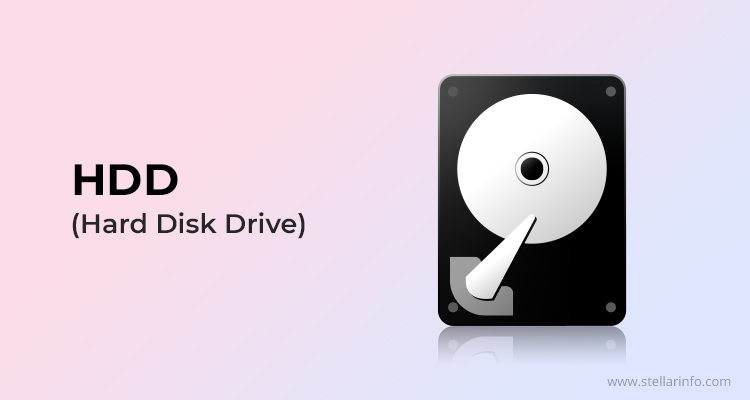
2. Tape Drives
Valued for their huge capacity, durability, and low cost, tapes are one of the oldest means of storing backups. Still regarded as the gold standard in storage, they remain the go-to option for off-site archiving of large volumes of data.
Even though disks and cloud solutions are quite efficient, they have not been able to replace tapes for many administrators, mainly because of their cost-effectiveness and lower power consumption. Tapes can transfer about 1 TB of data in approximately an hour, costing as little as $0.01 per GB, and using significantly less energy (about one-fifteenth) compared to disks.
However, tape drives have some downsides: They’re slow, complex to access, and manage, as they require specialized hardware and software to operate.
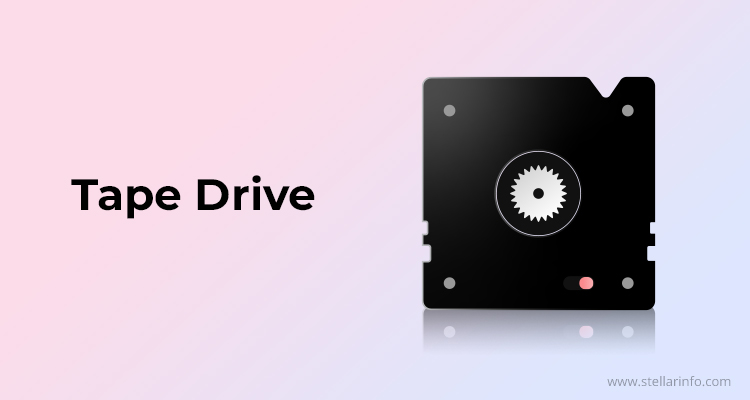
3. Optical Media
Optical storage media like CDs, DVDs, and Blu-rays store information on the surface of a disc, employing laser technology to read and write data. CDs offer between 700 MB and 900 MB of storage space and are highly affordable and portable.
DVDs can hold 15 times more data than CDs, making them a good alternative for keeping multimedia files. Blu-ray discs, which can contain up to 100 GB to 1 TB data, can be used to store high-definition video and other multimedia.
These optical discs are typically fine for small-scale storage and provide an excellent option as a portable backup solution. But they are not very durable and can easily get cracked, scratched, and damaged in other ways.
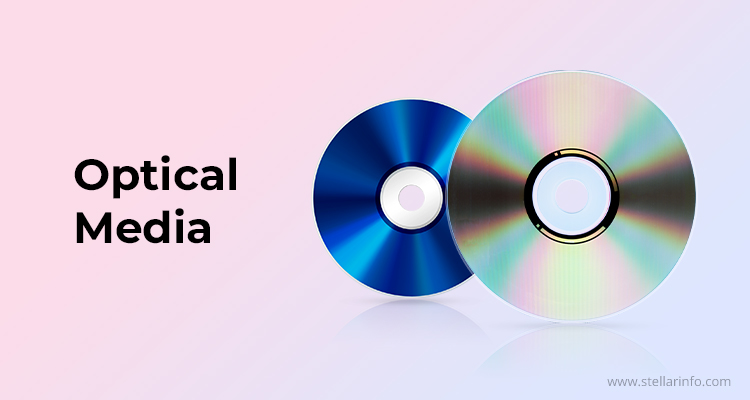
4. Network Attached Storage (NAS)
Unlike an external drive that you plug into a router, Network Attached Storage (NAS) is a dedicated server consisting of multiple drives, often configured in a RAID setup. NAS is designed for continuous operation and offers file-level storage and sharing for your home or business network.
The biggest advantage of using NAS is that you can access it from anywhere. It allows you to access files through common protocols, such as FTP, SFTP, SMB/CIFS, and NFS. Due to its array of disks, it provides great redundancy and reliability compared to a single disk or storage medium.
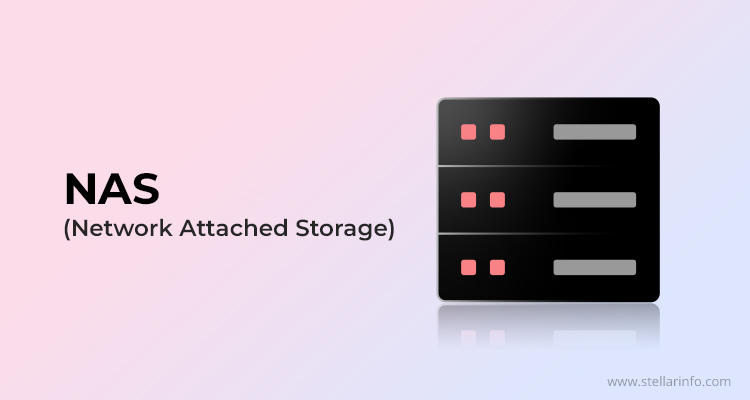
5. Solid State Drives (SSDs)
Solid State Drives (SSDs) are more advanced storage media compared to hard disks. They store data in semiconductor-based integrated circuits that can usually store about 2 TB of information, although they are also available in sizes up to 30 TB or more. But since commercial SSDs are often quite expensive, it’s good to first evaluate if they fit your requirements.
Although SSDs lack moving parts and offer high performance and speed, they are limited by the number of read/write cycles after which the NAND flash memory blocks start to wear out, making them unsuitable for long-term usage.
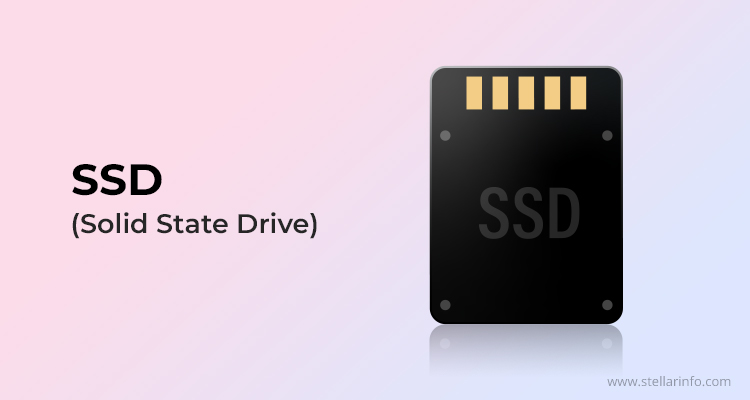
6. Cloud Storage
Cloud storage services allow offsite data storage which is generally managed by third-party providers. Google Cloud, Amazon Web Services, Dropbox, etc. are some public cloud providers that offer reliable services. Your data is stored remotely and it can be accessed from anywhere, all you need is a stable internet connection.
Most cloud providers also provide great security features, such as encryption and redundancy to further protect your data. Additionally, these services are scalable, allowing you to adjust your storage needs as your data grows or shrinks.
That said, there are concerns to keep in mind. Because cloud backup services operate over the internet, there’s a higher risk of misconfigurations or unauthorized access. Moreover, the expense can add up, especially for users who need to store large volumes of data.
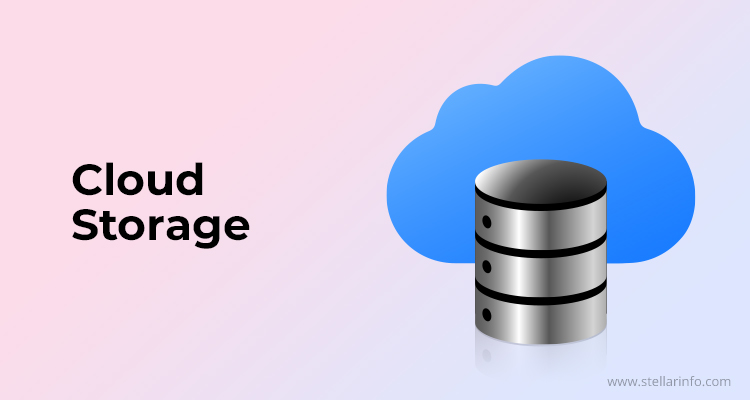
Bottom Line
This blog outlines methods to back up your data using different storage mediums. Review each storage option closely and make the choice based on your individual needs. Lastly, keep in mind that your backup is as good as its ability to restore data in a time of need.
Regularly audit your backup system and conduct randomized testing to ensure its efficacy. Employ various security methods, such as encryption and multi-factor authentication, to ensure your valuable information is safe against cyber threats.
Was this article helpful?